Arkadi Monastery has an interesting though tragic history. In the 1860's when the Turks were, as our guide said, pillaging and raping Crete's villages and villagers, all the communities near this monastery hid here. Of course, the Turks found them. They kept the Turks at bay for a couple of days, pouring boiling olive oil over the walls, etc. But the Turks had better artillery and eventually got in. Rather than be taken by the Turks, everyone gathered in one room in the back of the monastery with their remaining gun powder and blew themselves up. Around 400 people died. One four year old child survived (and she lived a very long life afterwards into her 90's if I remember correctly). The monastery is still active with a museum telling you this history.
St. Antonio, the namesake of the gorge, heals people. People pray for all sorts of healing from ailments in his small cave chapel.
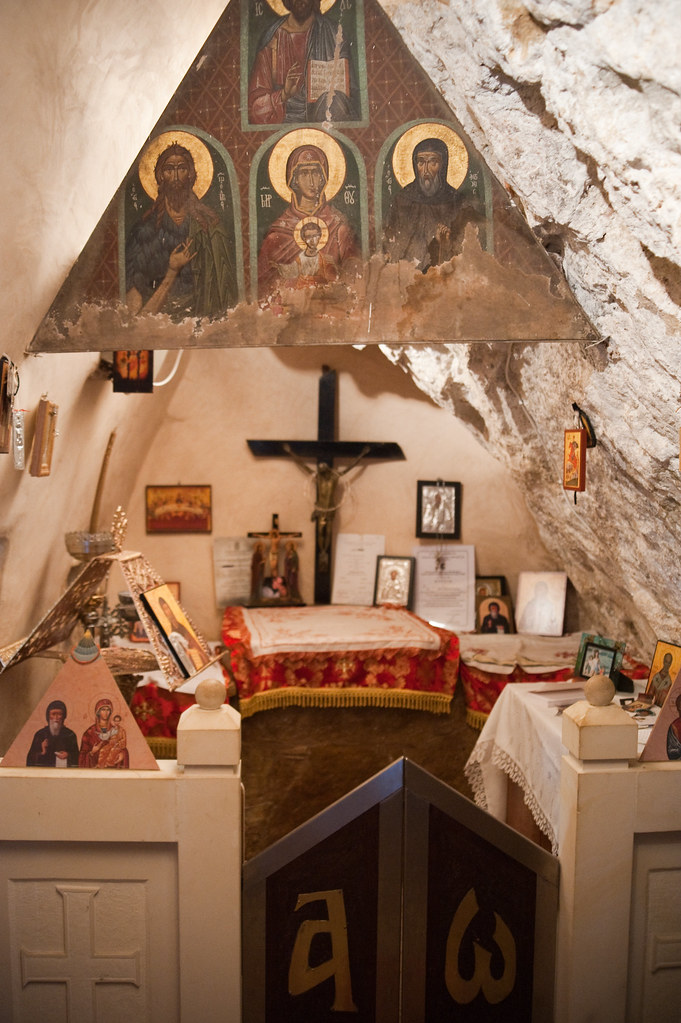
Aluminum plates represent what needs healing:

When people are healed they come back and leave their crutches and canes:

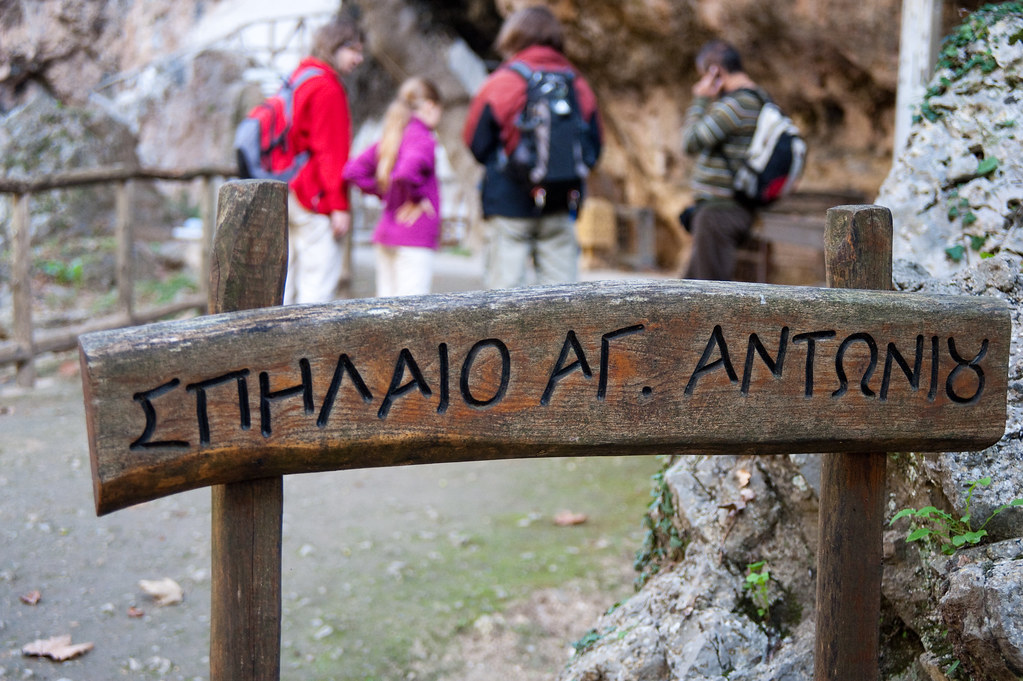


This was our first really nice weather day in Crete, but the entire next week was lovely too:
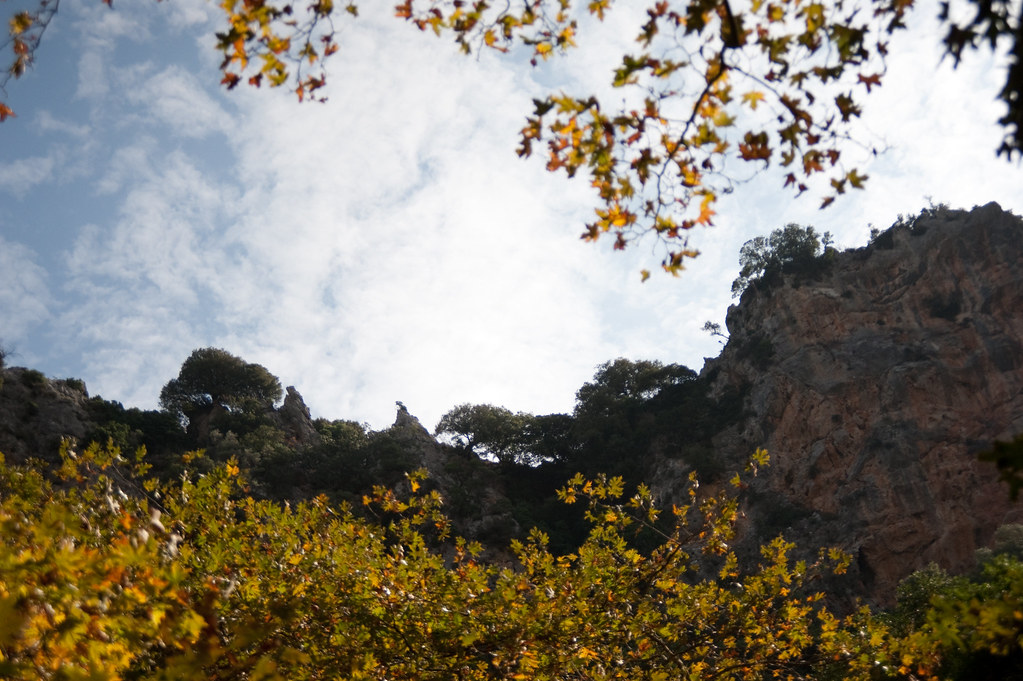
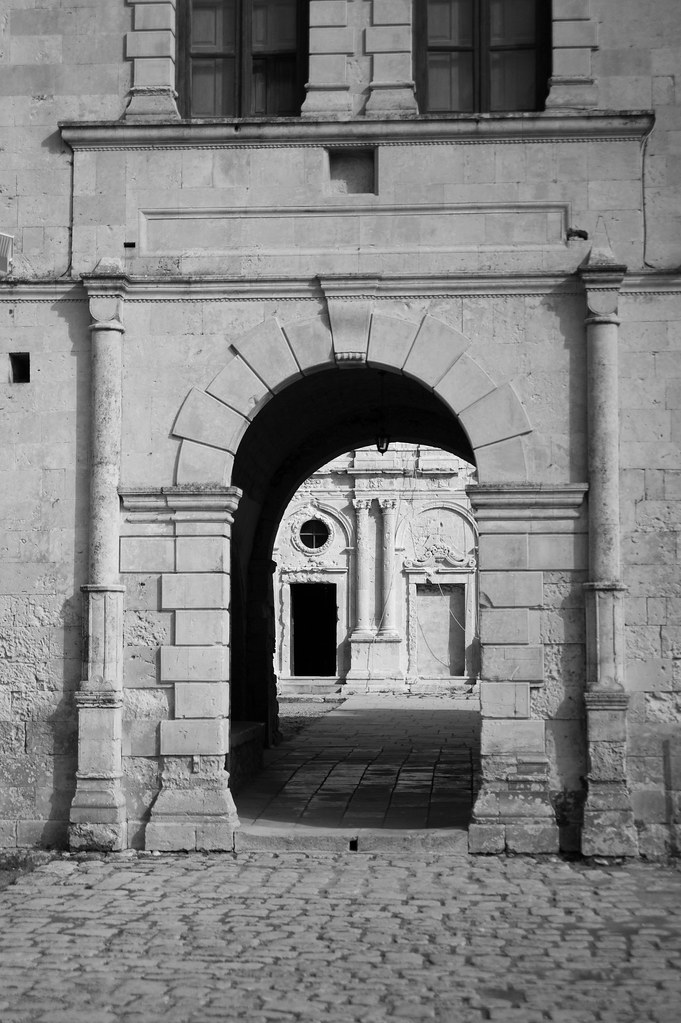
This olive tree is as old as the monastery -- 600 years old!

The church in the monastery's courtyard is Venetian. It is a two naves basilica (super rare); the northern nave is dedicated to the Transfiguration of Christ and the southern nave is dedicated to Saint Constantine and Saint Helen.
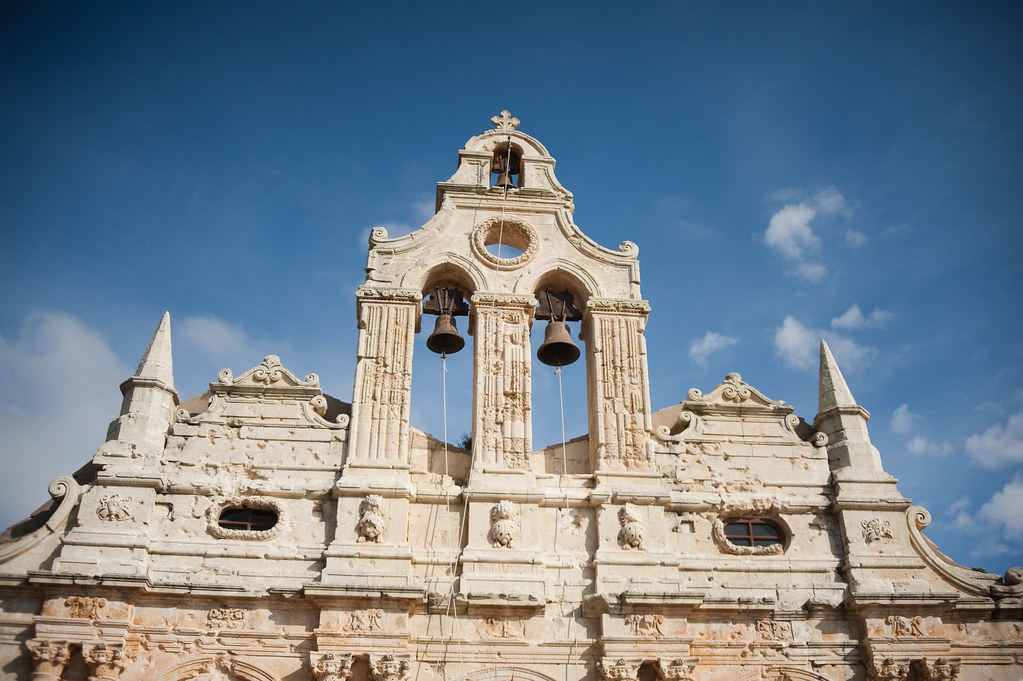

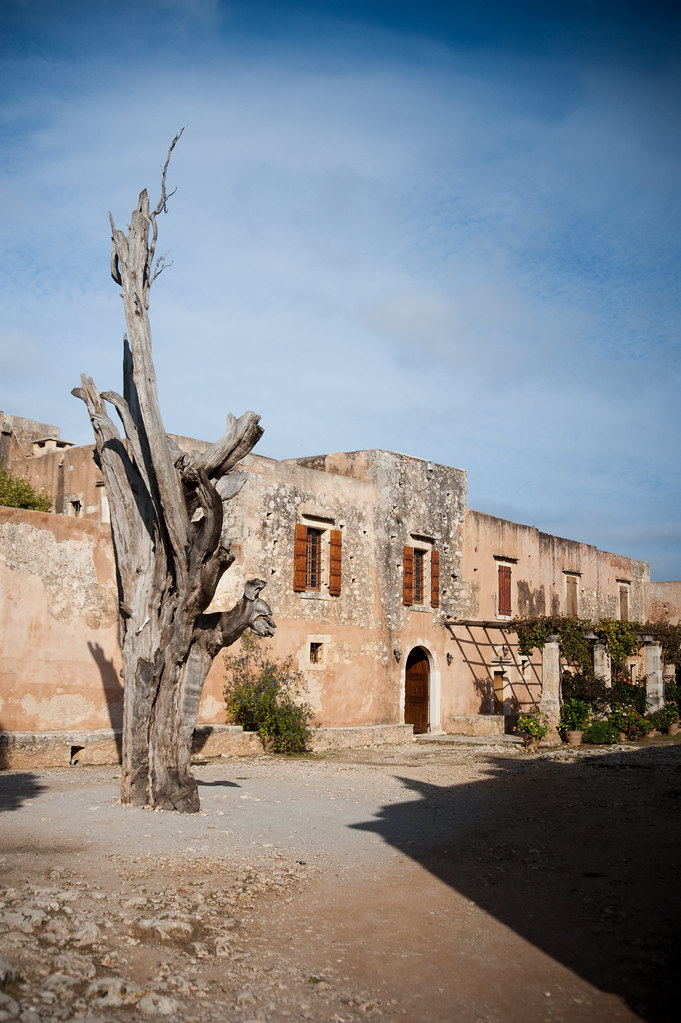
The arrow is pointing to a bullet from the Ottoman invasion:

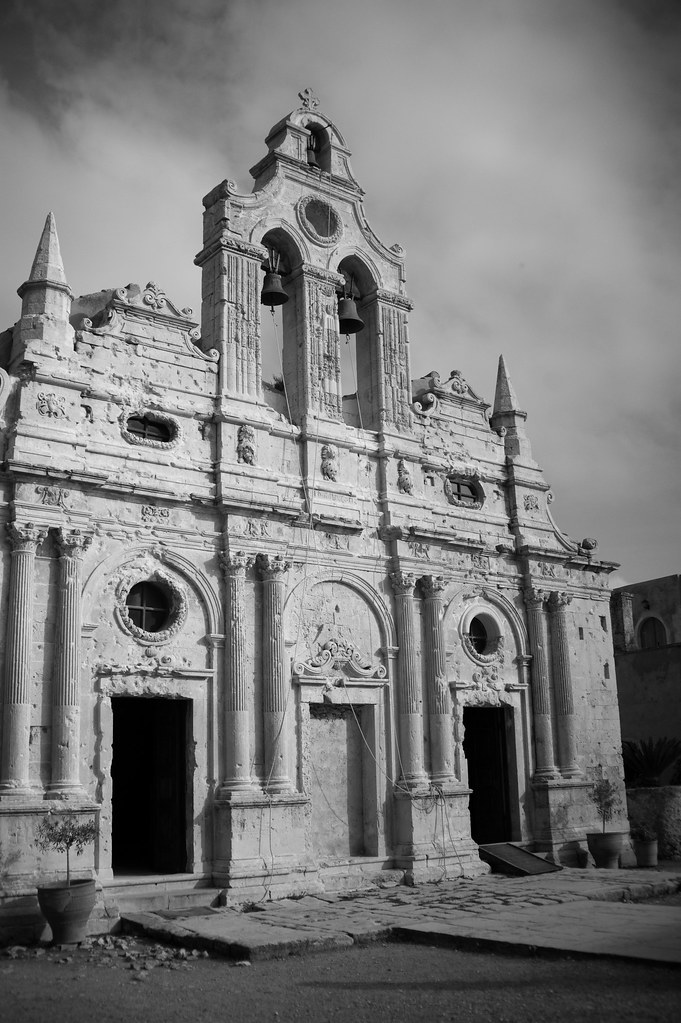
Hallway to the monks' cells:

There is a small monument outside the monastery that displays the skulls of those who died in the monastery:
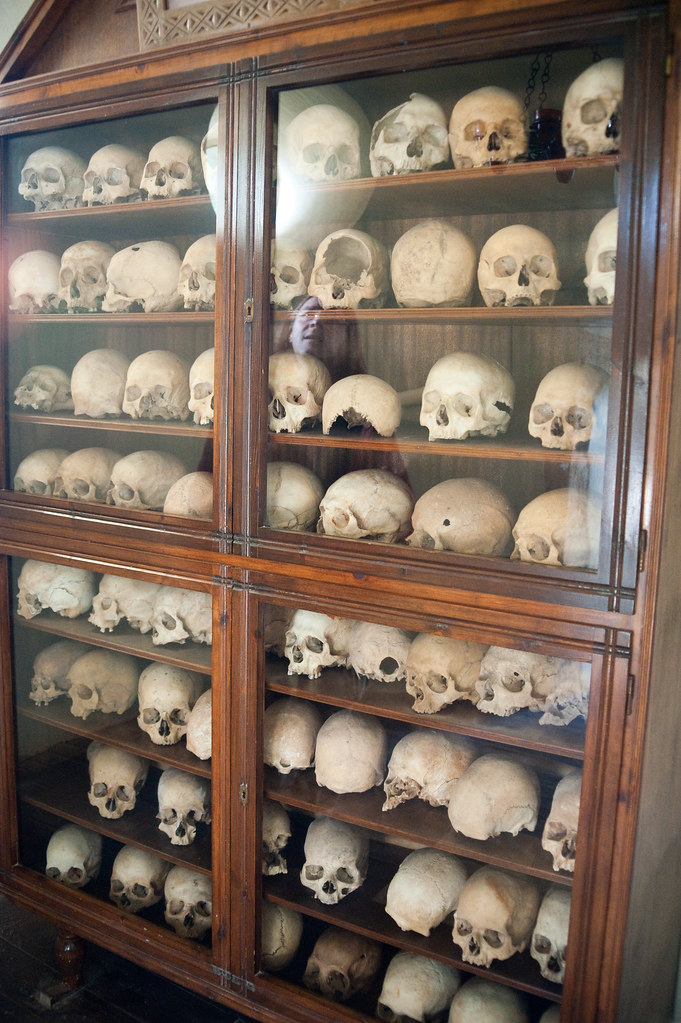
No comments:
Post a Comment